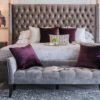The state of your living spaces, whether your bedroom or living room, could subconsciously impact your mood and productivity.
Try working in a messy and uninspiring room with no home decors, and you might easily find your productivity decline. Inversely, a neat and gorgeous indoor space could spark ideas, allowing you to accomplish more.
When it comes to your home, design and function are important. When decorating, the aim is to create a balance between aesthetics and practical considerations. Aside from being visually pleasing, your home should also be a comfortable and happy place to stay in. Don’t know where to start? Here’s a walk-through of the steps in creating your perfect home.
Decide On A ‘Theme’
It seems like a tall order, but achieving the perfect home decoration depends on you and your family’s preference, as well as living requirements. Choosing one for your home could mean an overall motif or different yet connected themes for each section of your living space. As there’s no one-size-fits-all recommendation for coming up with the perfect theme, you may want to know some home decoration motifs to cull your inspiration from. Here are the most common:
Traditional home design: This motif is all about regal and intricate designs that dominated the expansive mansions in European countries like France in the 18th century. Apart from the ornate wood carvings and trimmings, a traditionally themed home will have decors in vibrant colors.
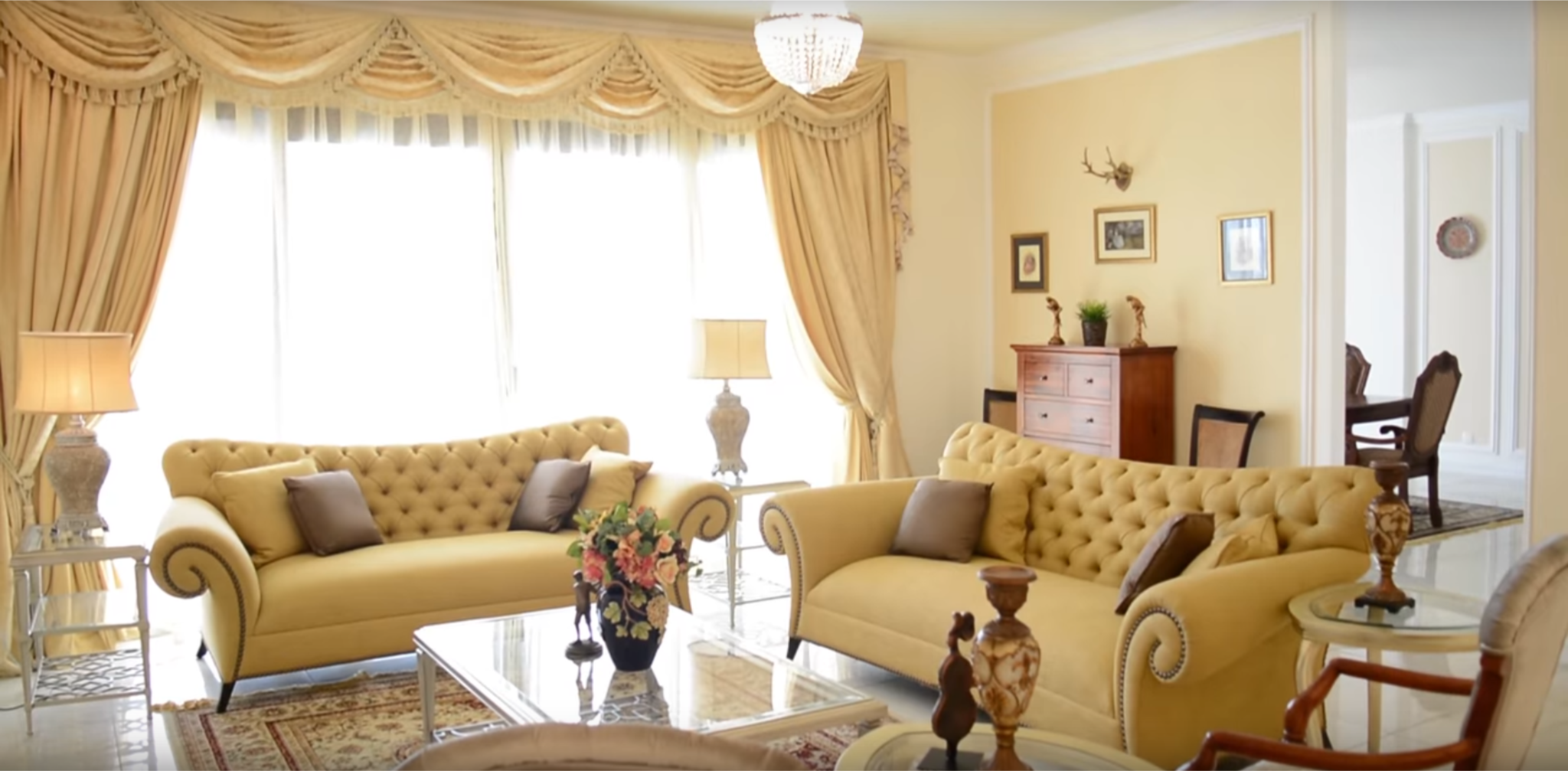
Mid-century modern home design: In contrast to traditional design, this theme focuses on minimalism and the use of materials besides wood. The designs are reflective of the 1950s and 1960s, where the spotlight is on creating clean lines and curves.
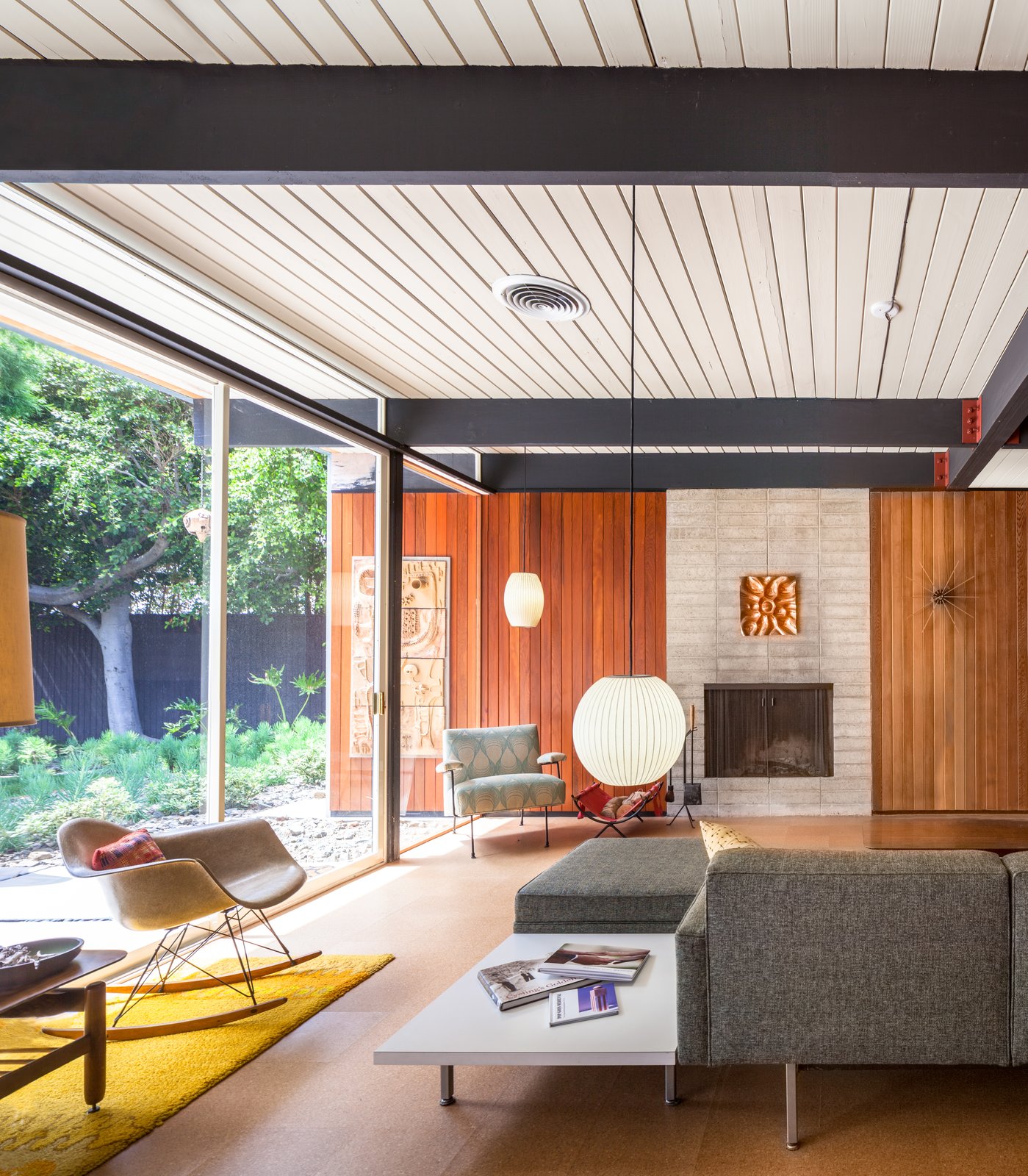
Contemporary home design: Taking cues from the mid-century modern home theme, a contemporary home could have minimalist furniture and fixtures. Instead of vibrant colors, a contemporary-themed home prefers neutral colors like brown, ecru, ivory, taupe, and gray. You can contrast these colors with bold hues when decorating with accessories.
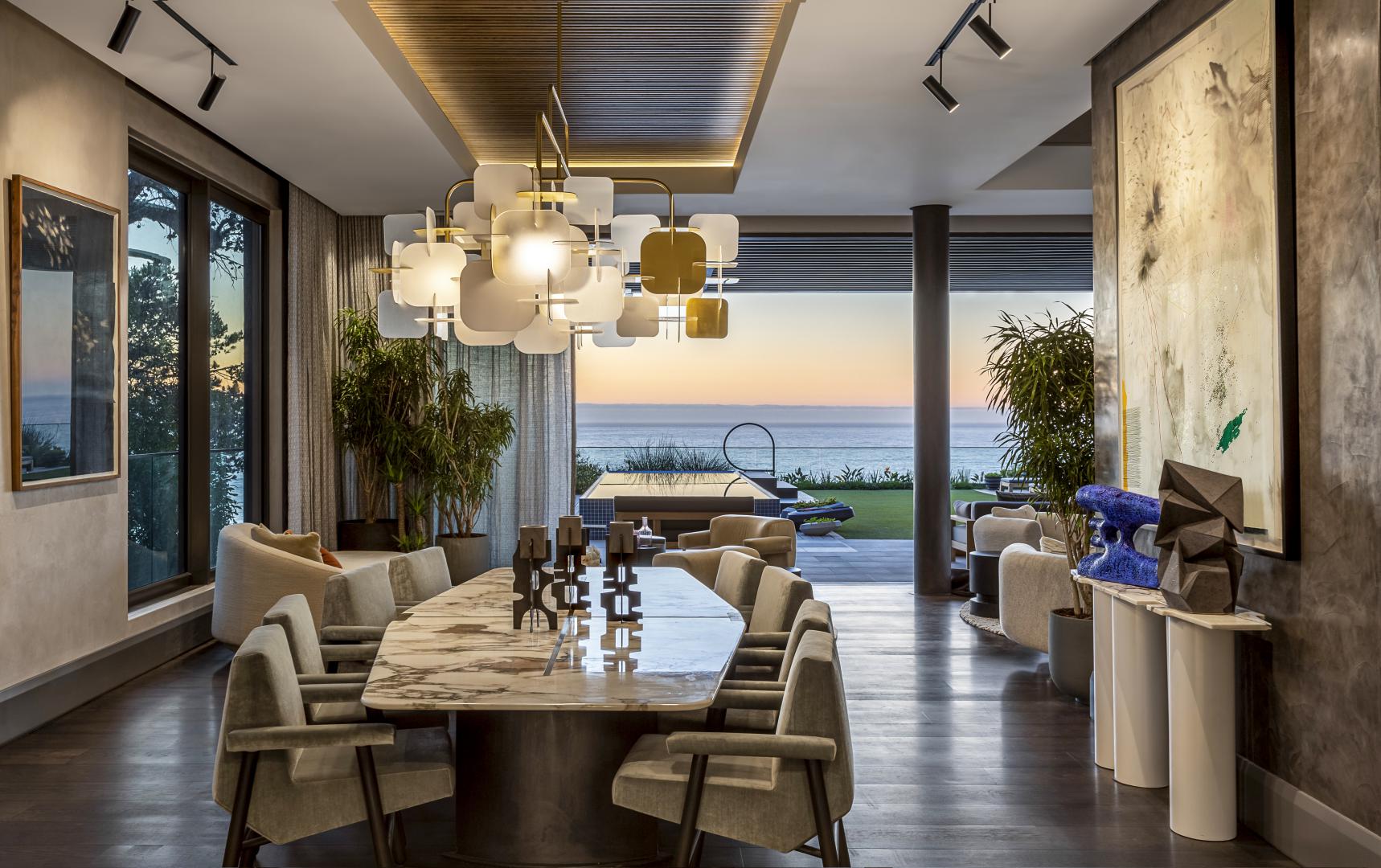
Bohemian home design: The 1970s saw the explosion of hippies and ‘flower power,’ alongside colorful tie-dye clothing. Home decorations in rich hues, intricate patterns, and psychedelic designs dominate the bohemian home decor motif.
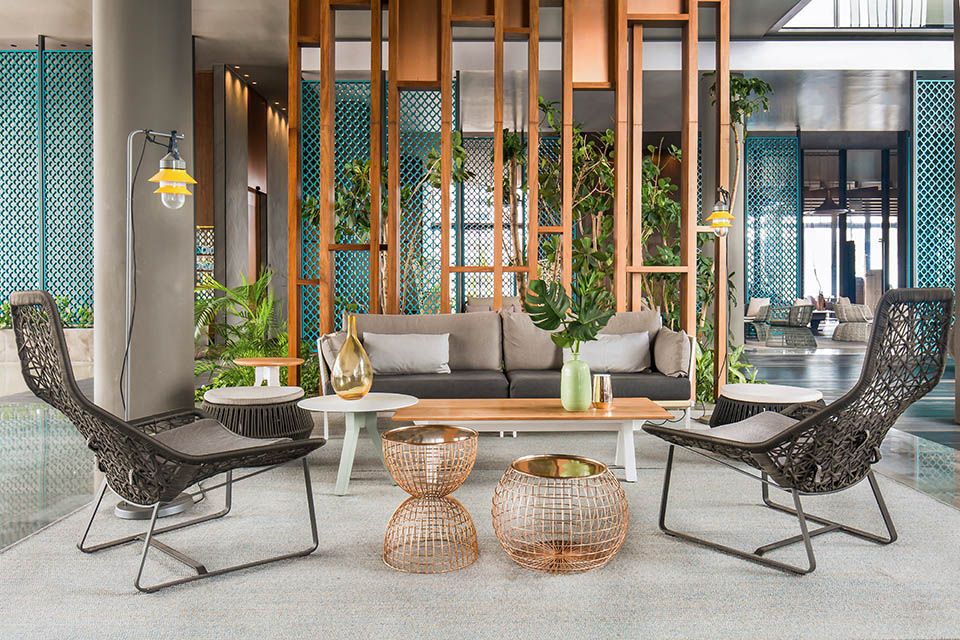
Zen home design: An open design, natural lighting, earth tones, and minimal electronics are the key elements of Zen design, which highlight peace and harmony. Minimalism is also a component of this motif, along with the use of natural and living materials such as plants and bamboo to bring life to any space.
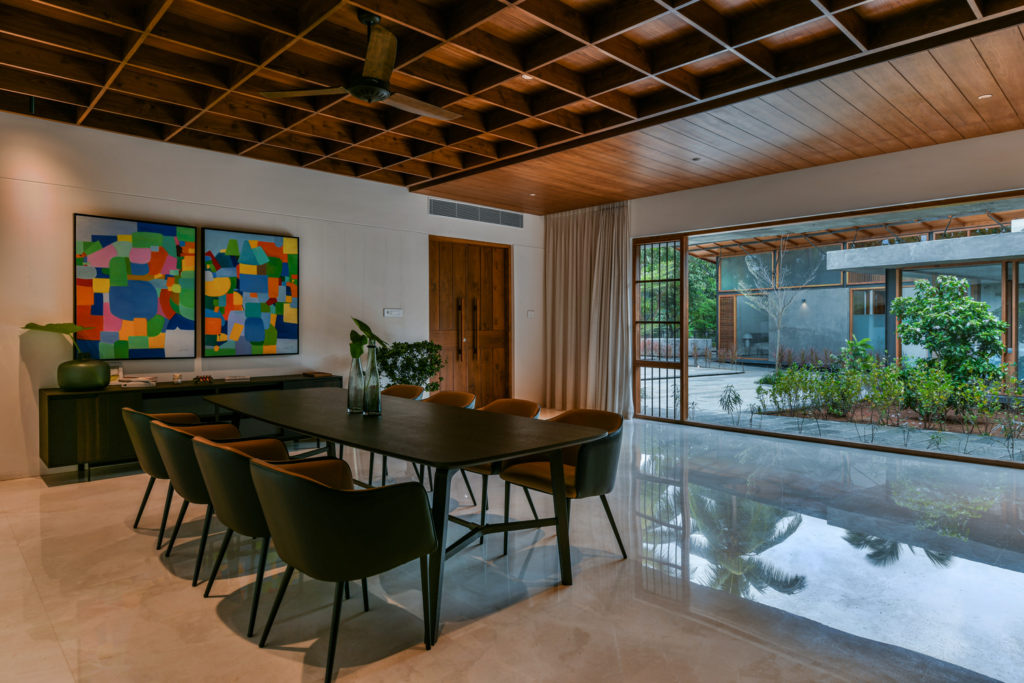
Rustic home design: Like country music, a rustic home design banks on rawness to bring out the best in a specific design element. Unprocessed wood and leather are often used as home decors, along with cloths with a plaid design.
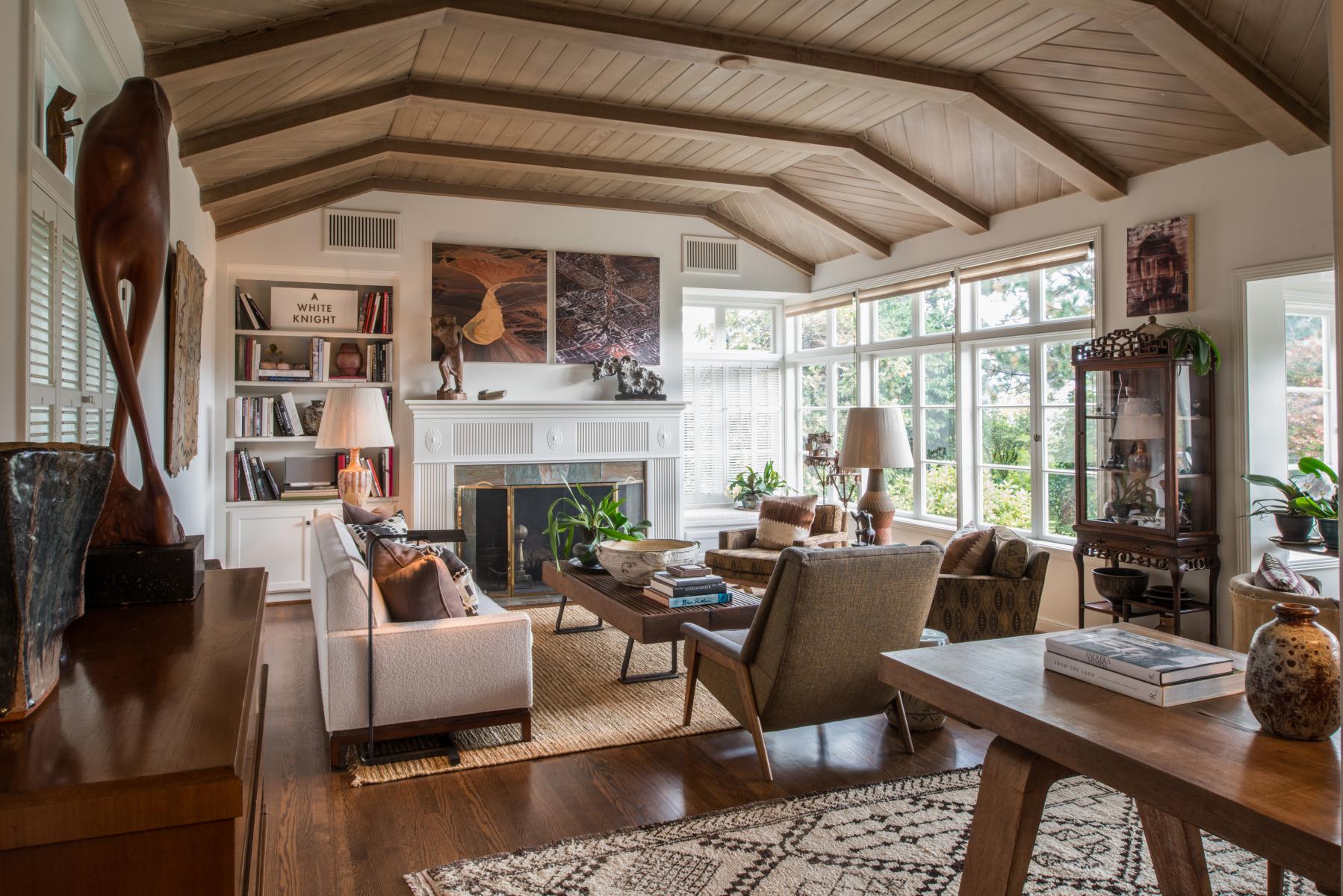
Vintage home design: This theme mixes new with the old, creating a design that’s more known as ‘shabby chic,’ which usually includes light colors or striking pastel hues. Repurposing and upcycling are common in this theme to give used furniture and fixtures a new look.
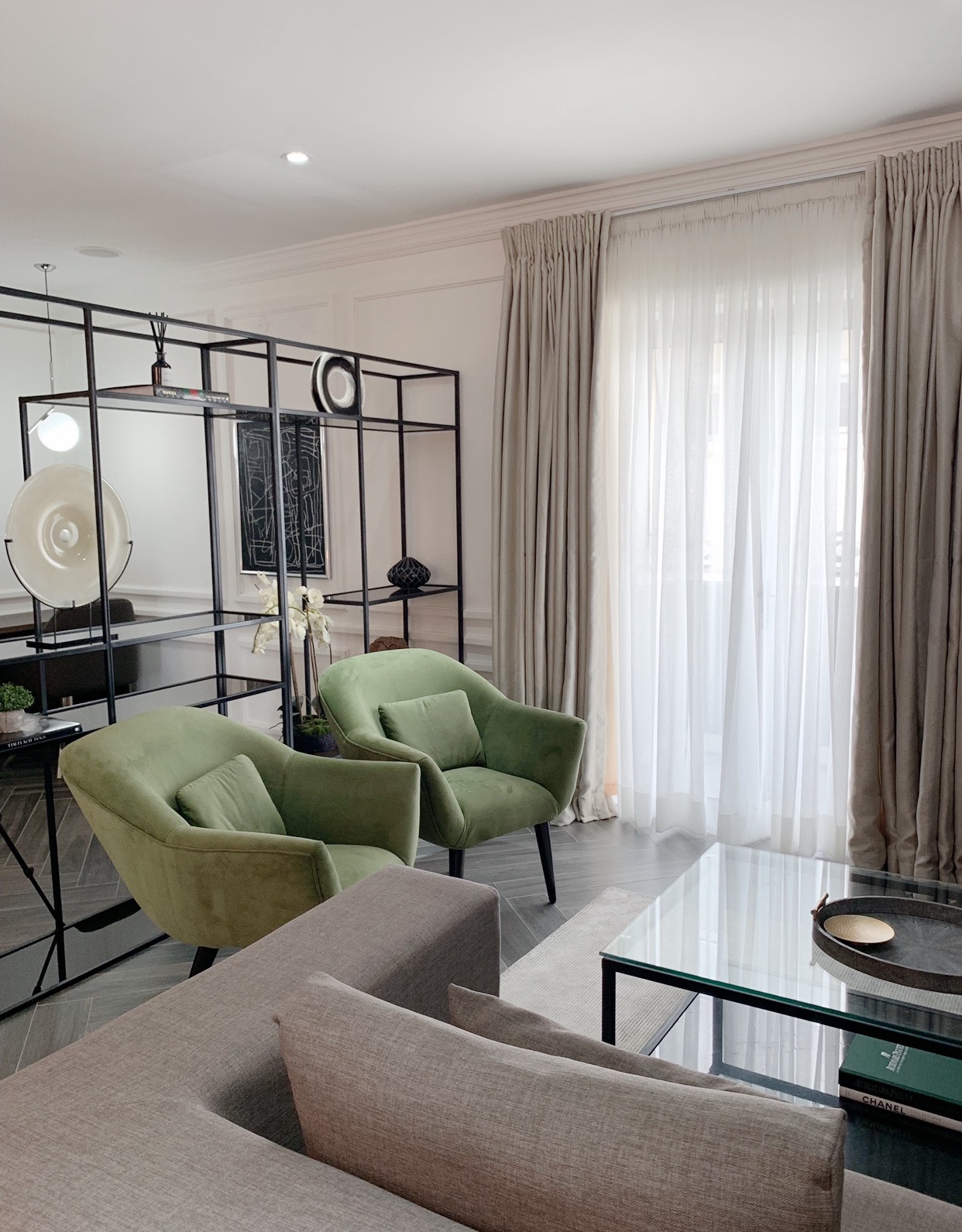
This list is not exhaustive, and based on your preference, you can use specific themes to decorate your home. For instance, you can decorate your children’s room based on their favorite cartoon characters, superhero, or Hollywood star.
Check Online Sites And Magazines For Inspiration
The internet is brimming with design ideas you can look into for design inspiration. Millions of do-it-yourself and professionally done home enhancement ideas are available online. If a particular design has caught your eye, you can have the page printed out so you may check it anytime you want. You can also add your own personal touches to it.

Otherwise, grab a copy of your favorite home decoration magazine and check out images of home designs. You may cut out the photos that grab your attention and save them for later.
Choose Your Focal Point
Planning the layout of your living space can only start after you’ve chosen your ‘design centerpiece.’ This could be anything, such as a particular fixture like the fireplace or your bed, a work of art such as a huge painting, or your new chandelier. This focal point is what catches the visitor’s eye upon entering or seeing the room for the first time. Whatever your chosen focal point is, try to arrange the rest of your decorative pieces around it.
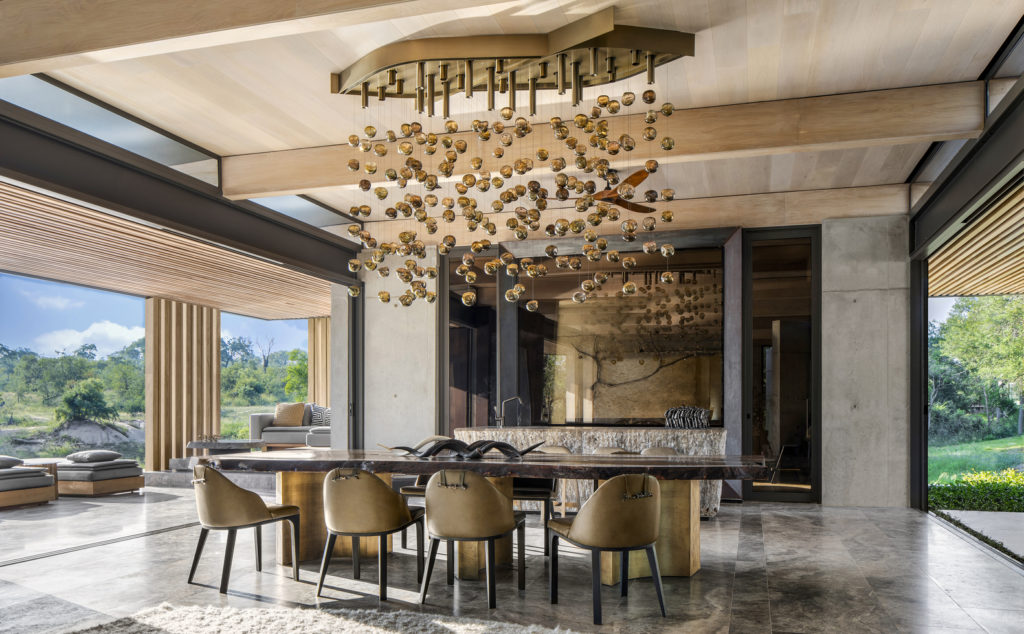
Put Pieces In Their Proper Place
In arranging your furniture, fixtures, and decorations, remember to take your time. Trial and error is the name of the game. Don’t be afraid to get adventurous in arranging the tables, chairs, appliances. Here are key points to remember when arranging pieces in your home:

- Arrangements: Don’t just go for linear or against-the-wall arrangements. Try placing your seats diagonally. Turn your carpet into a diamond-shaped piece, instead of the regular rectangular placement, for an extraordinary layout.
- Delineations: Creating divisions or delineations in your living space doesn’t have to mean actually setting up dividers or additional walls. You could use the edges of your furnishings, wallpaper, and columns to define a specific living space.
- Empty spaces: Don’t forget to place enough ‘elbow room’ in all of your furnishings to allow freedom of movement. Imagine when something happens and you need to evacuate your home as fast as you can.
Create A Design Representation
Visualize how your home interior would look like once you’ve decided on your theme. You could do this online for free via downloadable apps.
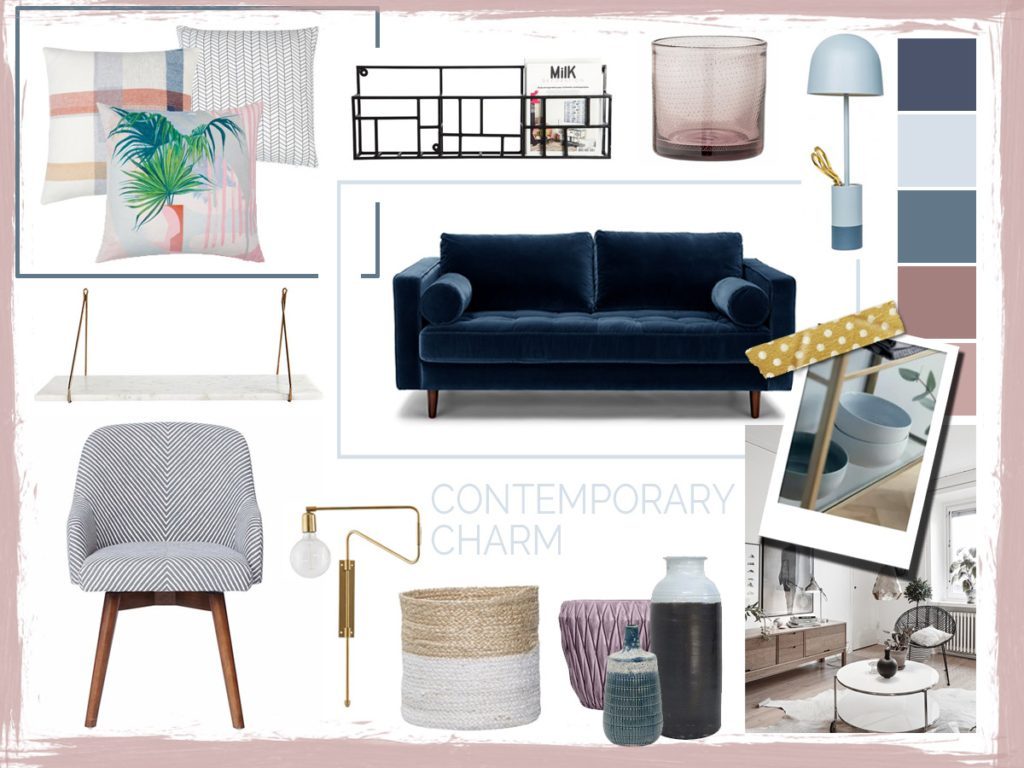
If you want to do this in a conventional way, create your very own mock-up by pasting the images to reflect how your dream home is supposed to look when you’re done decorating it. Of course, you don’t have to copy everything on full scale to save on paper.
Clean Your Home
As a messy room or living area could affect your mood and may cause reduced productivity, it’s important to always keep your house clean. A room with stuff strewn everywhere could cause your stress levels to increase since you’re exposed to potential accidents and health hazards, such as molds from spoiled food.

Heightened stress could impact your performance and disrupt your thought process as your brain would urge you to clean up. You’d need your living spaces tidy enough to conjure positive moods and feelings—in some cases encouraging you to be more creative. Excessive stuff could intervene in your design strategies, too.
Know Which Colors To Choose
Choosing the right colors for your home decoration is subjective. It depends on your preference and planned color scheme. Consider listing down all the items and accessories in each room and come up with a nice color palette. Here are things to consider when choosing your color:
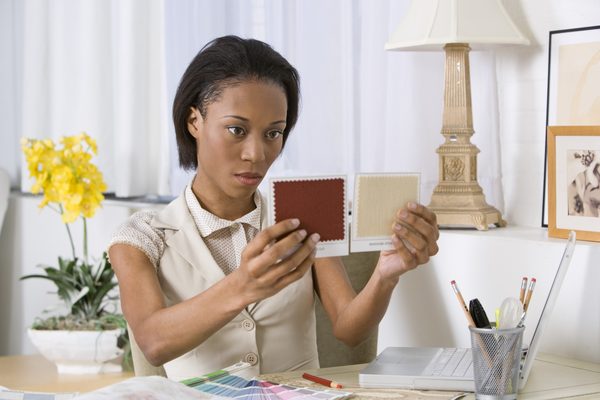
- Paint colors: In selecting the right paint colors for your room or home, it’s best to look for an actual paint swatch rather than looking at it on the internet as your monitor could impact the way these hues show up on screen.
- External lighting: Similarly, your source of lighting could impact how the colors would look at any time of the day. For instance, incandescent bulbs are predominantly reddish and warm, while light-emitting diode lights produce a bluish and cooler tone. Consider how these interact with your chosen hues. And remember, if you opt for the traditional white paint for your home, it would absorb the surrounding colors of, for instance, your ceiling and carpet.
- Other color tips: Your carpet or floor should ideally be darker than your walls. In addition, the color of your drapes should go with the most striking furniture piece.
Think About Function
Apart from design, decorating a family home must take into account your family’s lifestyle and specific needs. For instance, it may not be practical to place antique vases in your home when you’ve got toddlers and dogs running around your residence. Besides, you’d need to keep artistic pieces in conspicuous areas for guests and yourself to enjoy and admire.
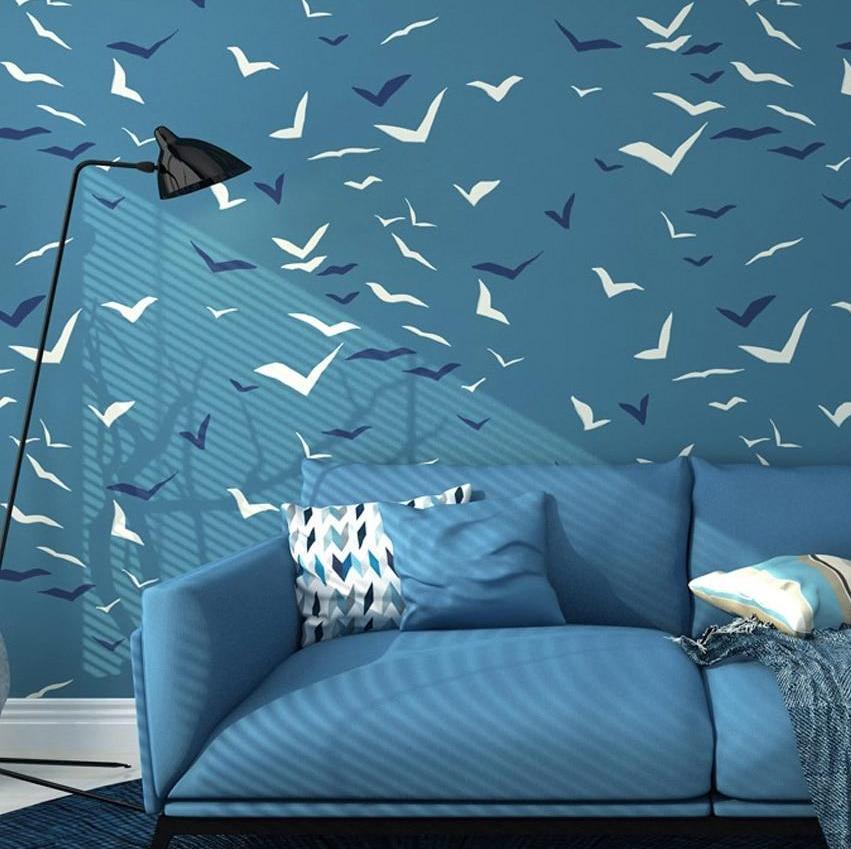
For your bedroom, check if you need to use wallpaper to spruce up your living space. Whether patterned or simple, textured or plain, make sure the design and color go well with your overall design theme. If you want to maximize storage spaces, try ottoman beds and chairs.
While mirrors are imperative in every bathroom, avoid putting mirrors in places where your visitors could see themselves all the time. This could be very distracting.
Bring In Your Accessories
Once you’re settled with these arrangements, think about the accessory pieces you want to spruce up your home. Here are some ideas:

- Wall: You can use wallpapers, picture frames, paintings, and other forms of home decors for your wall. Carpets or rugs in various shapes, sizes, and textures could also be used.
- Lights: Your home should be entirely well lit, but stress should be placed on letting natural lighting in. If this is not possible, consider placing artificial lights in most sections of your living spaces. You can mix form and function by choosing stylish lights that illuminate the spots and provide a warm or relaxing atmosphere.
- Plants and flowers: These living things could literally and figuratively give life to any room. More than providing a pop of color, some plants are believed to help improve indoor air quality.
- Pillows: Rooms that come in neutral colors could benefit from dark-hued pillows or those with ornate designs.
Decorating your home doesn’t always have to mean spending on new items. You can reuse, upcycle, and repurpose as many used items as possible. For instance, consider dismantling your old furniture pieces and turning them into new pieces.
Final Thoughts
Jazzing up and rehabbing your home requires careful planning and thorough consideration. By knowing these basic steps and discovering how different design elements play with or against each other, you could have the home of your dreams in no time.




